In the bustling world of advertising, flyers hold a special place. They’re the whisper in a crowded room that still manages to catch your attention. Yet, the art of designing a flyer that truly resonates and captivates isn’t as simple as splashing some text and images on paper. It’s a craft, a dance of elements, each with its role and rhythm. Today, I’m thrilled to share with you 10 essential secrets that will elevate your flyer design, transforming it from just another piece of paper to a compelling call-to-action.
Introduction
Flyer design might seem straightforward, but it’s a nuanced art form critical for catching and holding attention. Think of a flyer as the handshake of your campaign—a potential customer’s first and lasting impression. Let’s dive into the secrets that will ensure your handshake is firm, warm, and memorable.
Understanding Your Audience
· Identifying your target audience – isn’t just about demographics; it’s about diving deep into what makes your audience tick.
· Researching audience needs and preferences – can be as simple as browsing relevant online forums or conducting surveys.
· Tailoring your message – means speaking directly to your audience’s heart. Imagine you’re crafting a message for a close friend—personal, direct, and engaging.
Crafting a Compelling Message
· Keeping it simple and clear – is the golden rule. If you can’t explain it simply, you don’t understand it well enough.
· Focusing on benefits, not just features – answers the “What’s in it for me?” question everyone silently asks.
· A strong call-to-action (CTA) – isn’t just a command; it’s the magical whisper that compels the reader to act. It’s not just “Contact Us,” but “Start Your Adventure Today!”
Choosing the Right Colours
· Understanding colour psychology is like having a secret conversation with your audience’s subconscious.
· Aligning colours with your message and brand ensures your flyer isn’t wearing a tuxedo to a beach party.
· Using contrast to enhance readability ensures your message doesn’t get lost in a sea of sameness.
The Importance of Typography
· Selecting readable and appropriate fonts is like choosing the right outfit—context matters.
· Utilizing hierarchy guides the reader’s eye as smoothly as a well-trained dance partner.
· Limiting font variety avoids the visual equivalent of a shouting match. Consistency is key.
Balancing Images and Text
· Selecting high-quality, relevant images is like adding the perfect seasoning – a little goes a long way.
· Using white space effectively is the art of knowing that sometimes less truly is more. It gives your design room to breathe.
Layout and Composition Secrets
· Employing grids for balanced designs brings an underlying structure that’s as comforting as it is invisible.
· Mastering visual flow and direction guides the reader on a journey, ensuring they see what’s most important.
· The rule of thirds in flyer design is like the rule of “please” and “thank you”—it just makes everything more pleasant.
Making It Memorable
· Incorporating unique visual elements gives your flyer a personality, making it more like a friend than an advertisement.
· Ensuring consistency with brand identity is like always remembering a friend’s name—it builds trust and recognition.
· Utilizing repetition for easy recall turns your message into a catchy tune that lingers long after it’s heard.
Printing and Material Considerations
· Choosing the right paper quality and finish can transform a flyer from ordinary to extraordinary.
· Understanding the impact of printing methods is essential for ensuring the final product matches your vision.
· Considering the size and fold for distribution makes sure your flyer fits comfortably into your audience’s world, not awkwardly sticking out.
Testing and Feedback
· Gathering initial impressions and feedback is like asking for directions—you’ll get there faster and with fewer detours.
· Conducting A/B testing with different versions sharpens your flyer to its most effective edge.
· Adjustments based on feedback ensure your flyer isn’t just speaking but engaging in a conversation.
Staying Informed on Design Trends
- Keeping up with current design trends keeps your flyer looking fresh and relevant.
- Knowing when to follow trends or stick to classics is the balancing act of remaining true to your brand while staying modern.
- Continuously learning and seeking inspiration ensures your flyer design never stagnates but blossoms with creativity.




